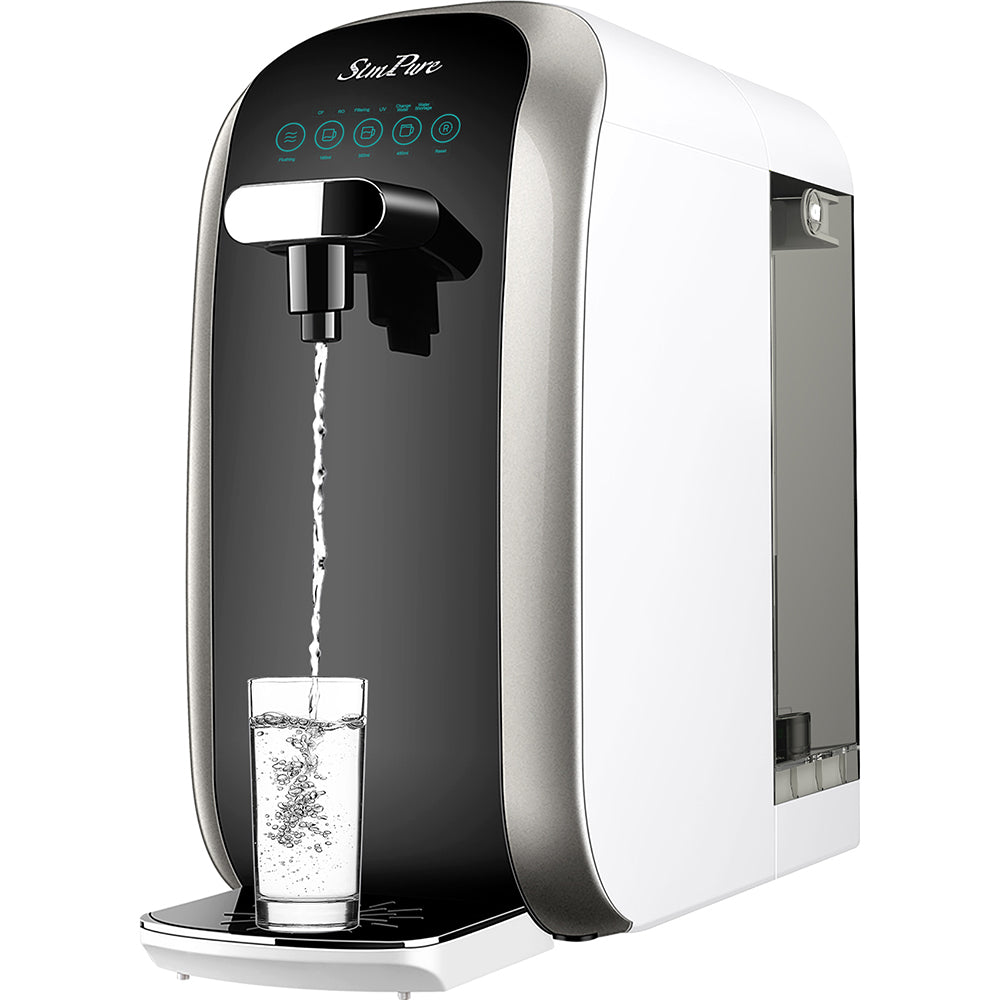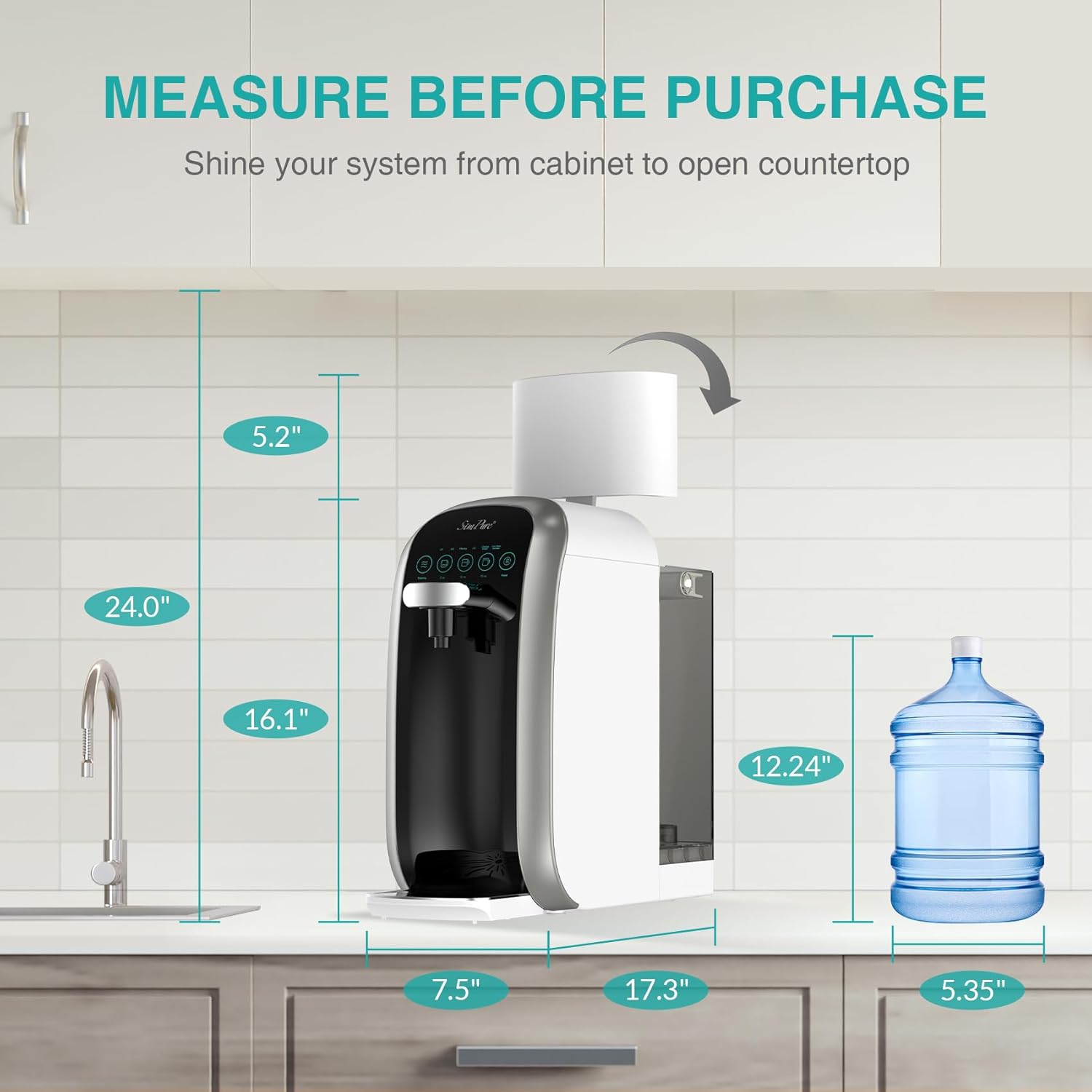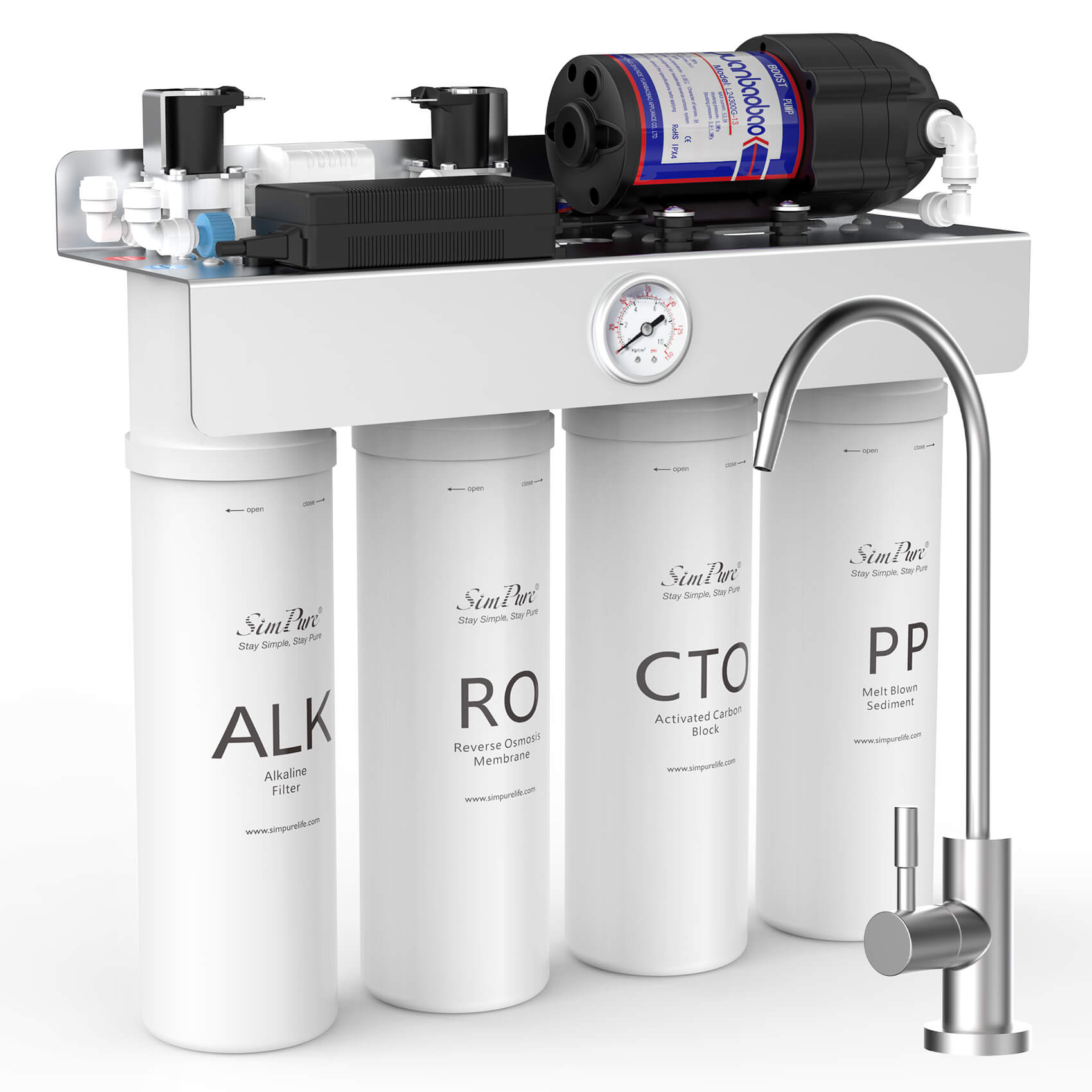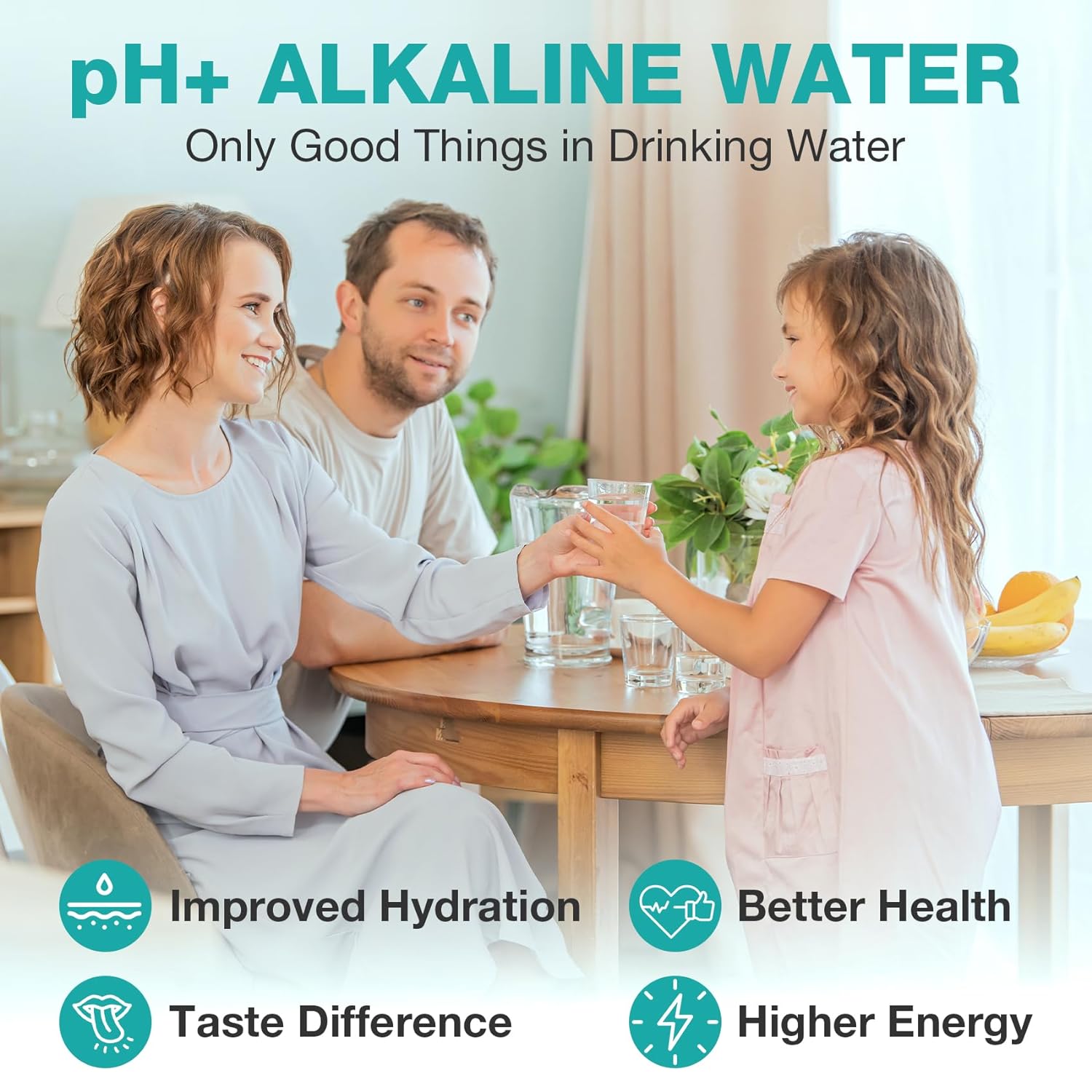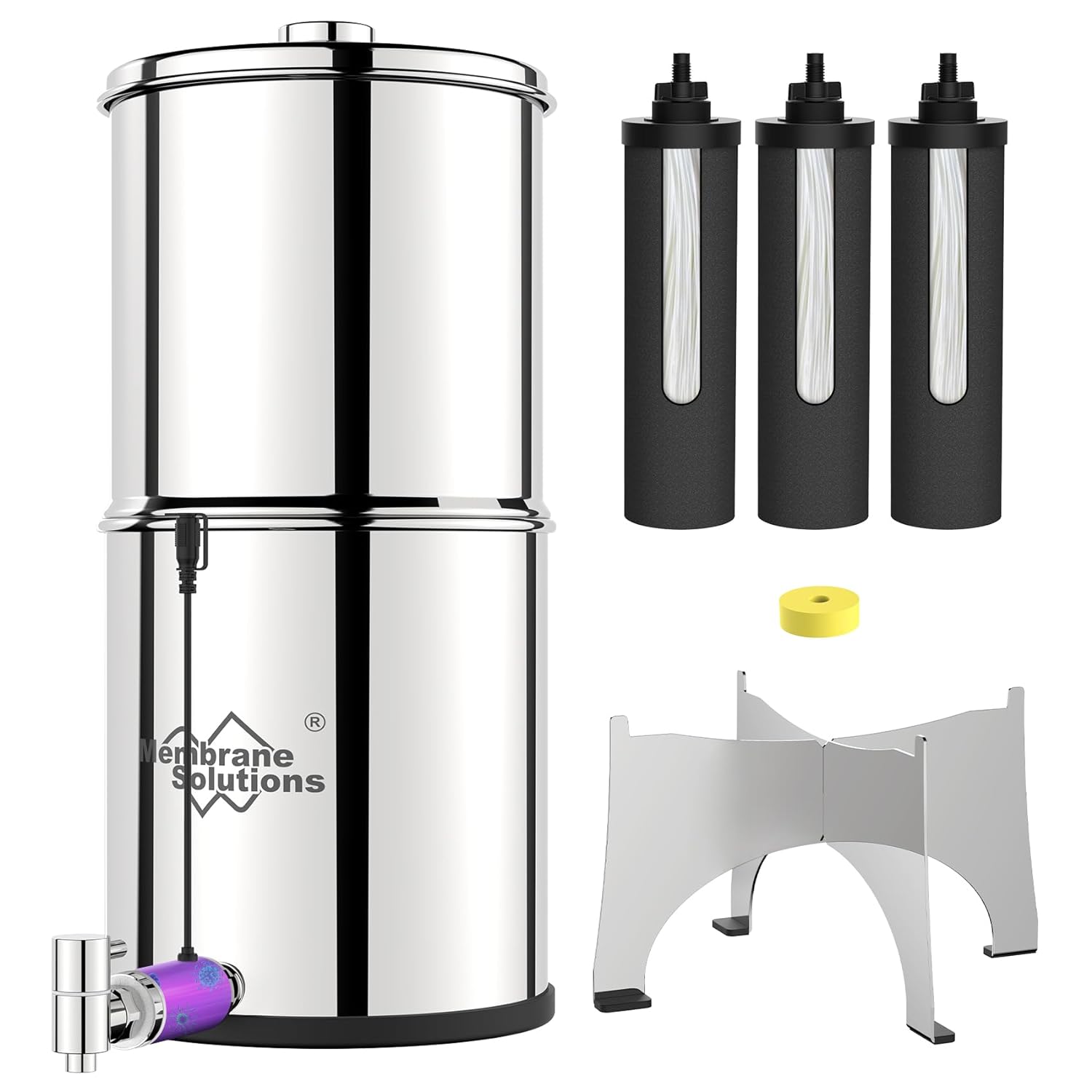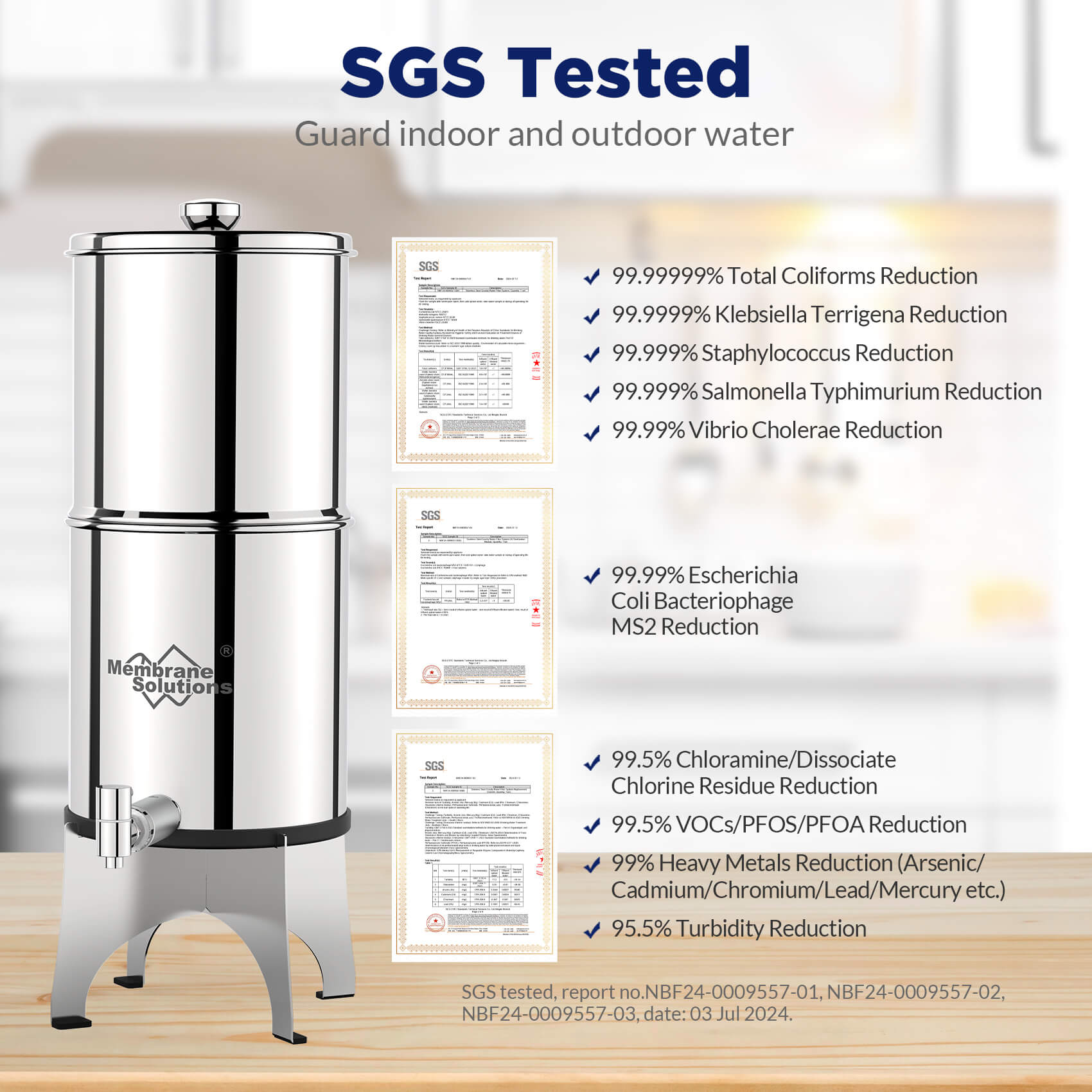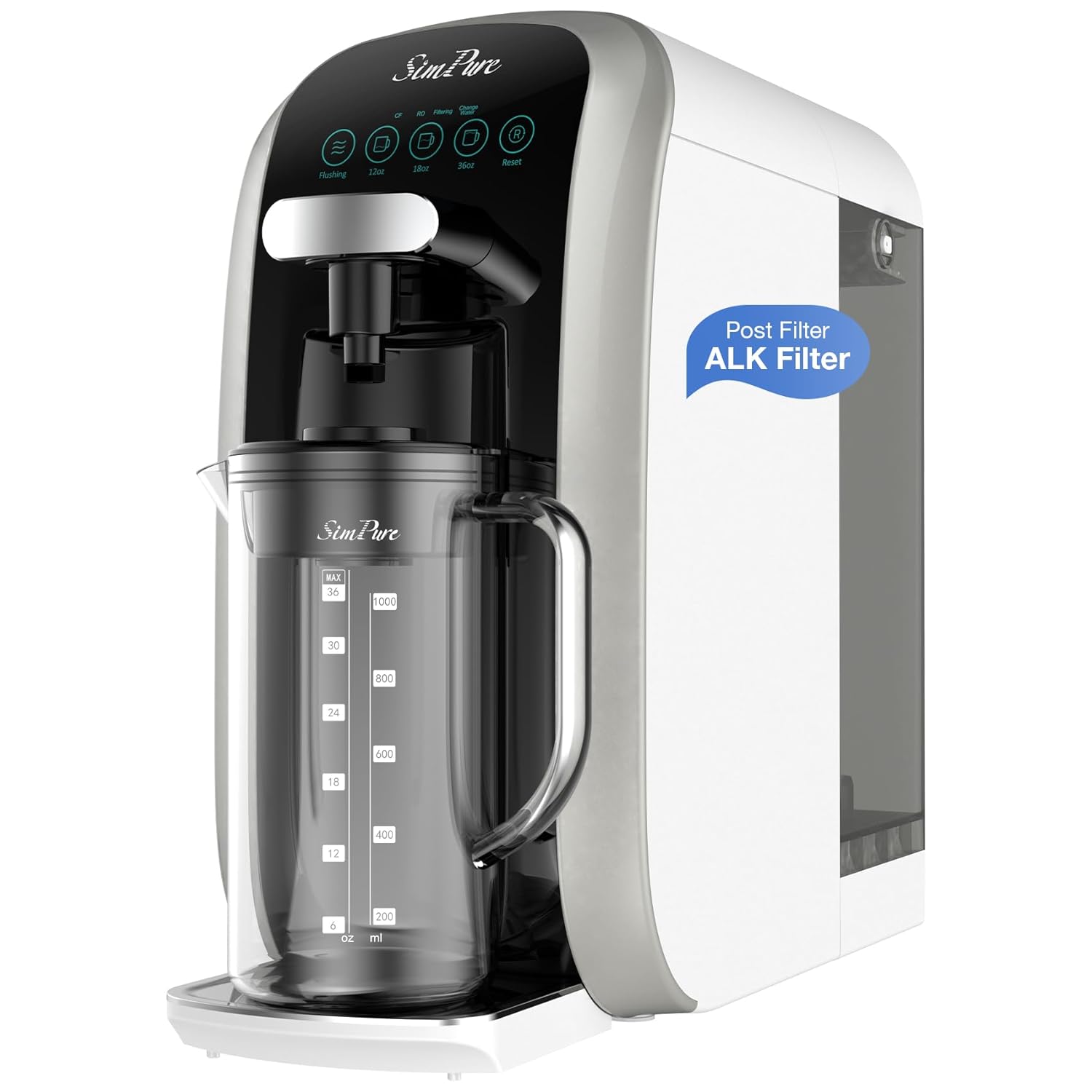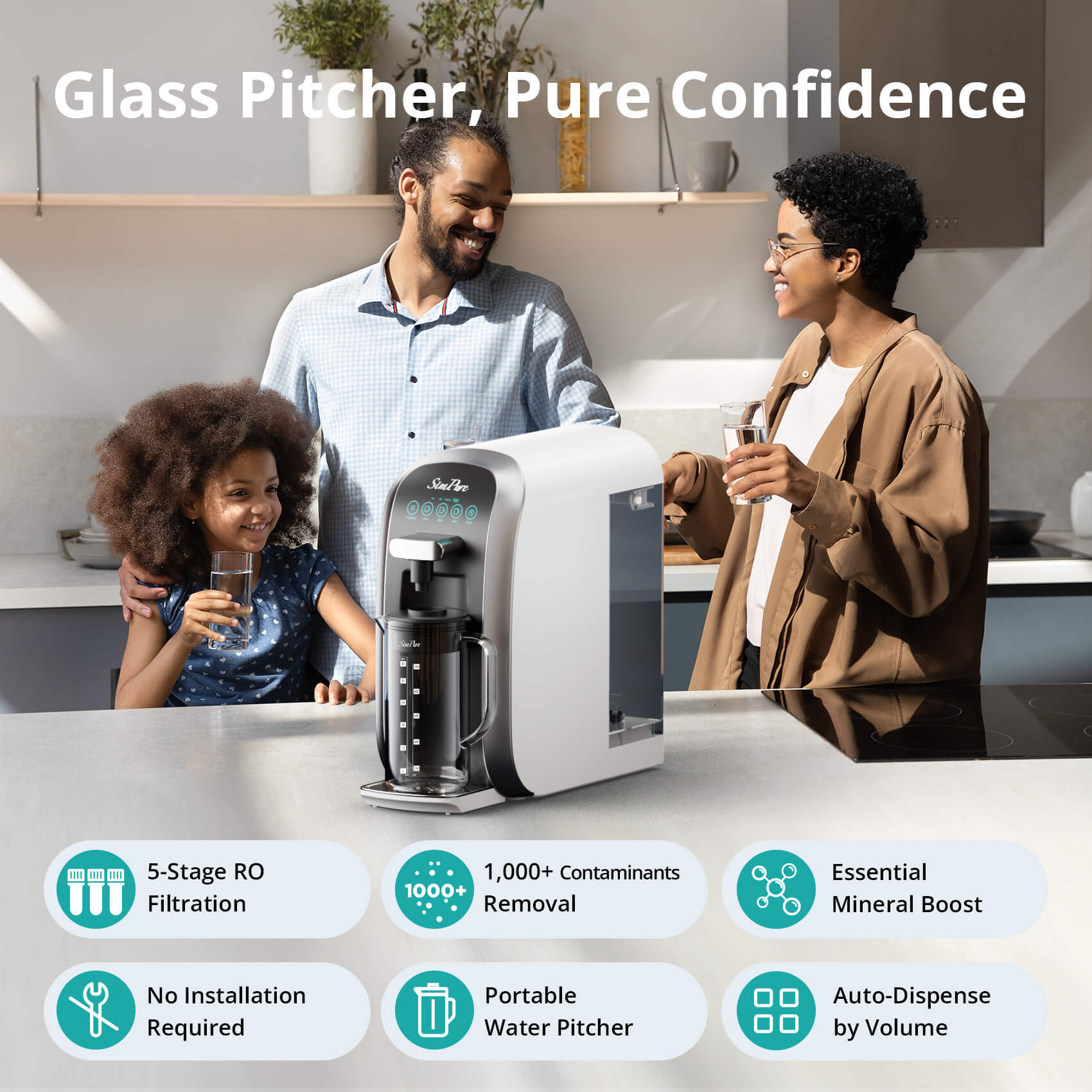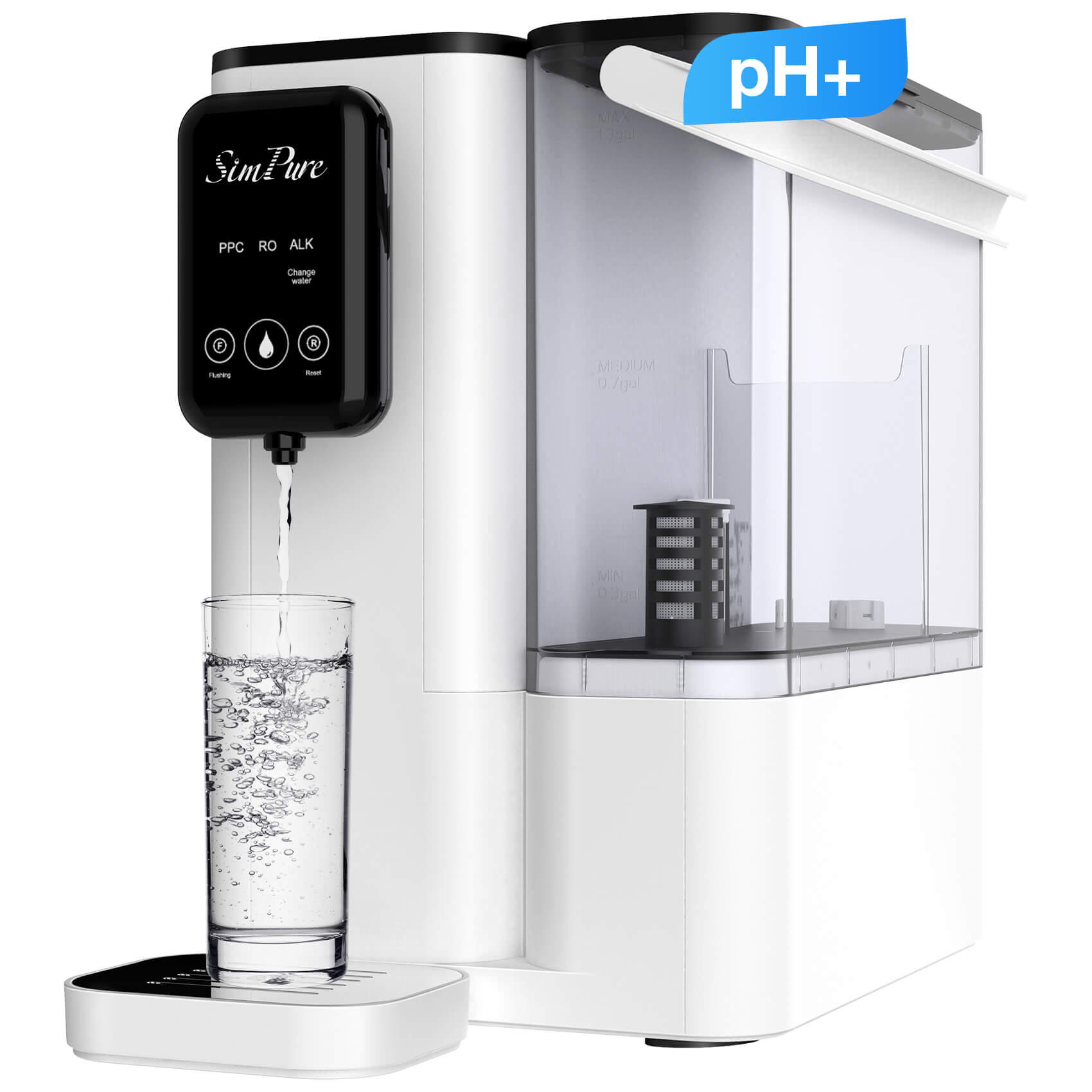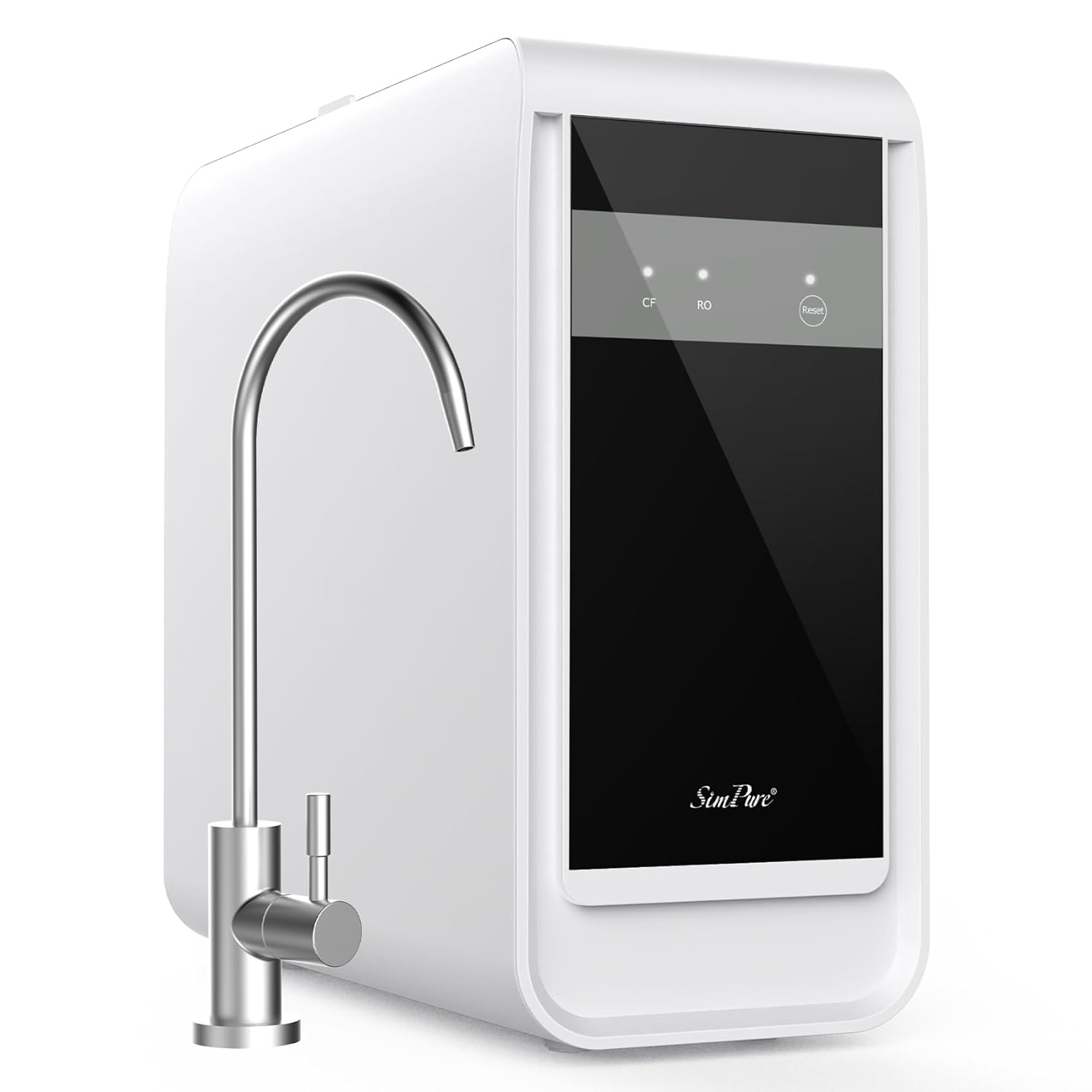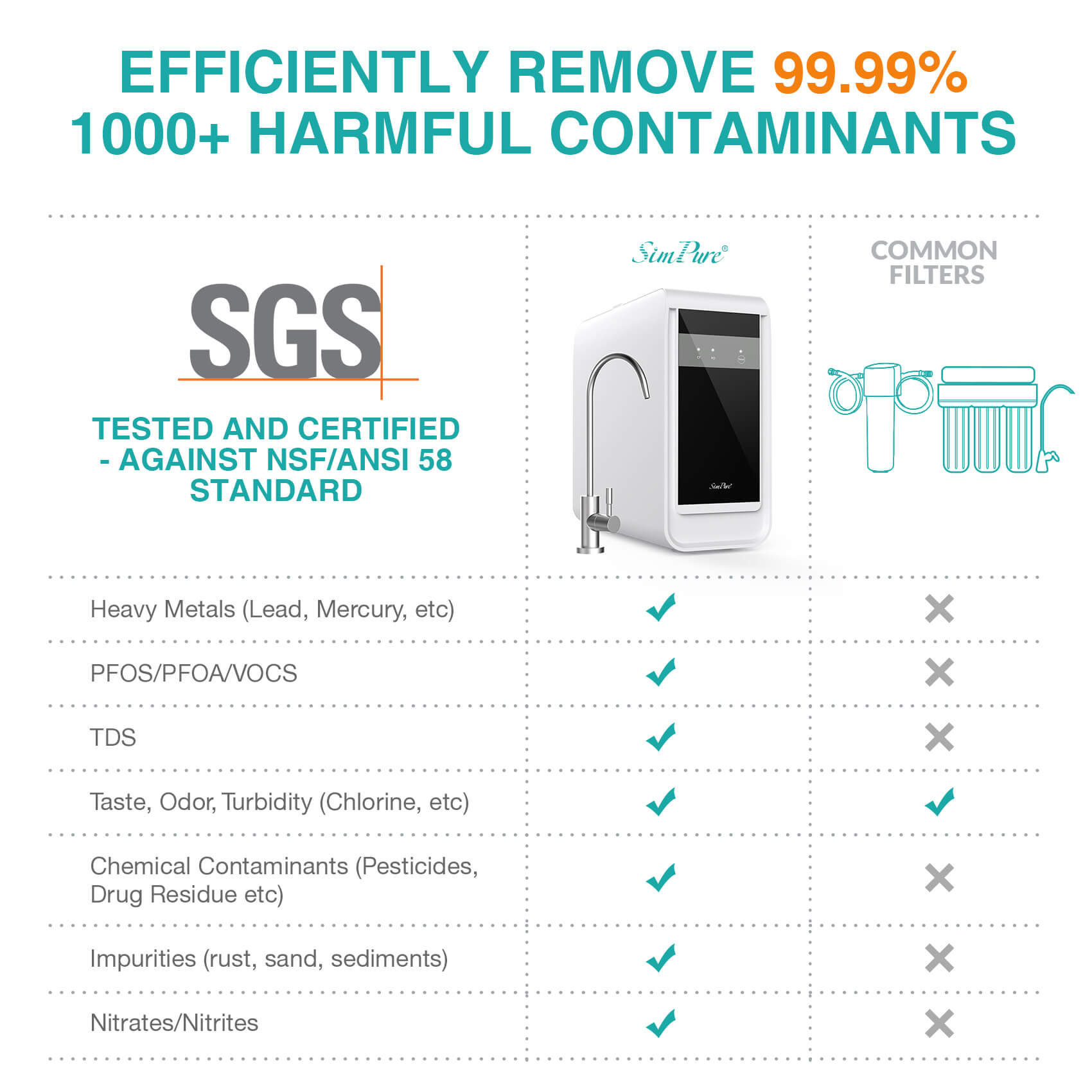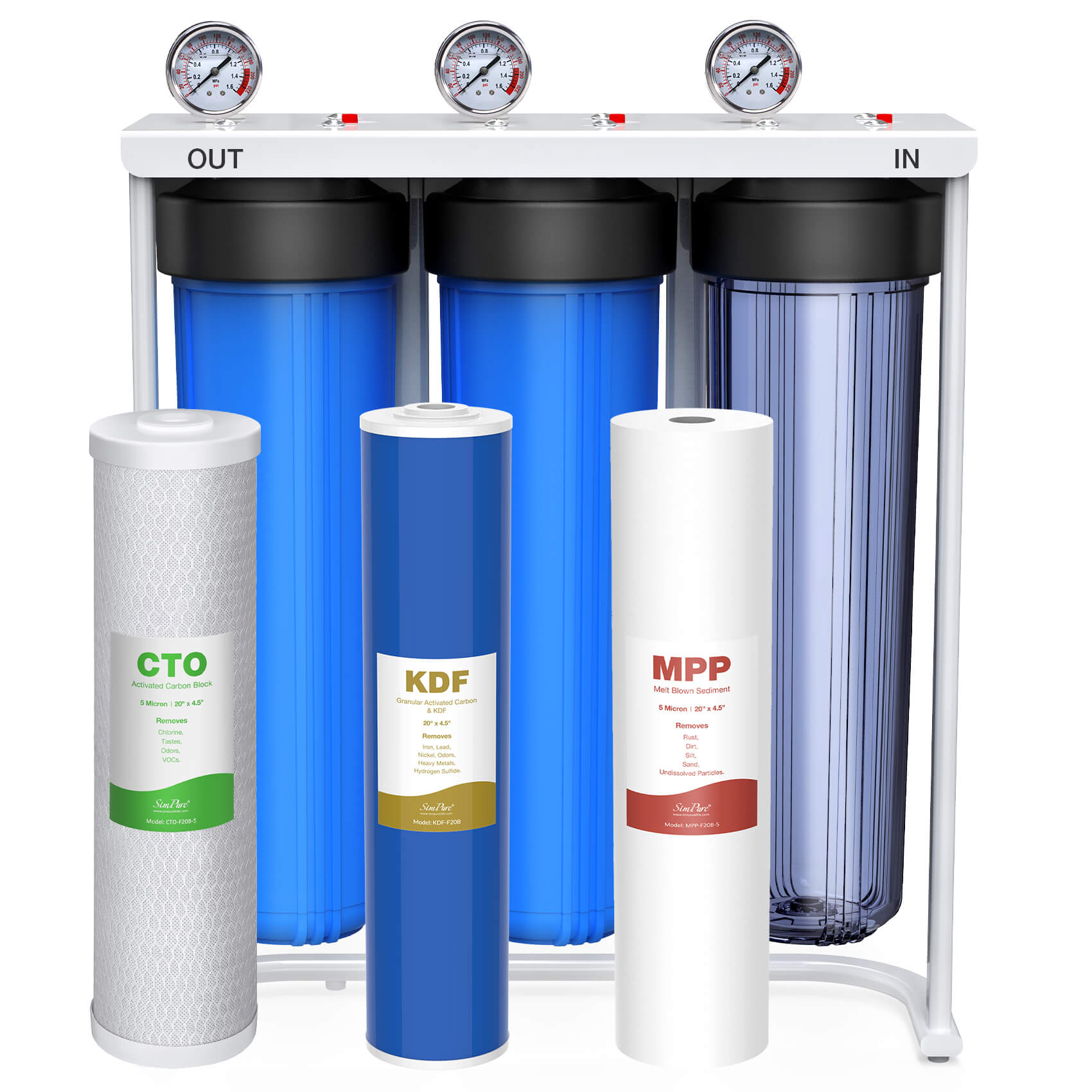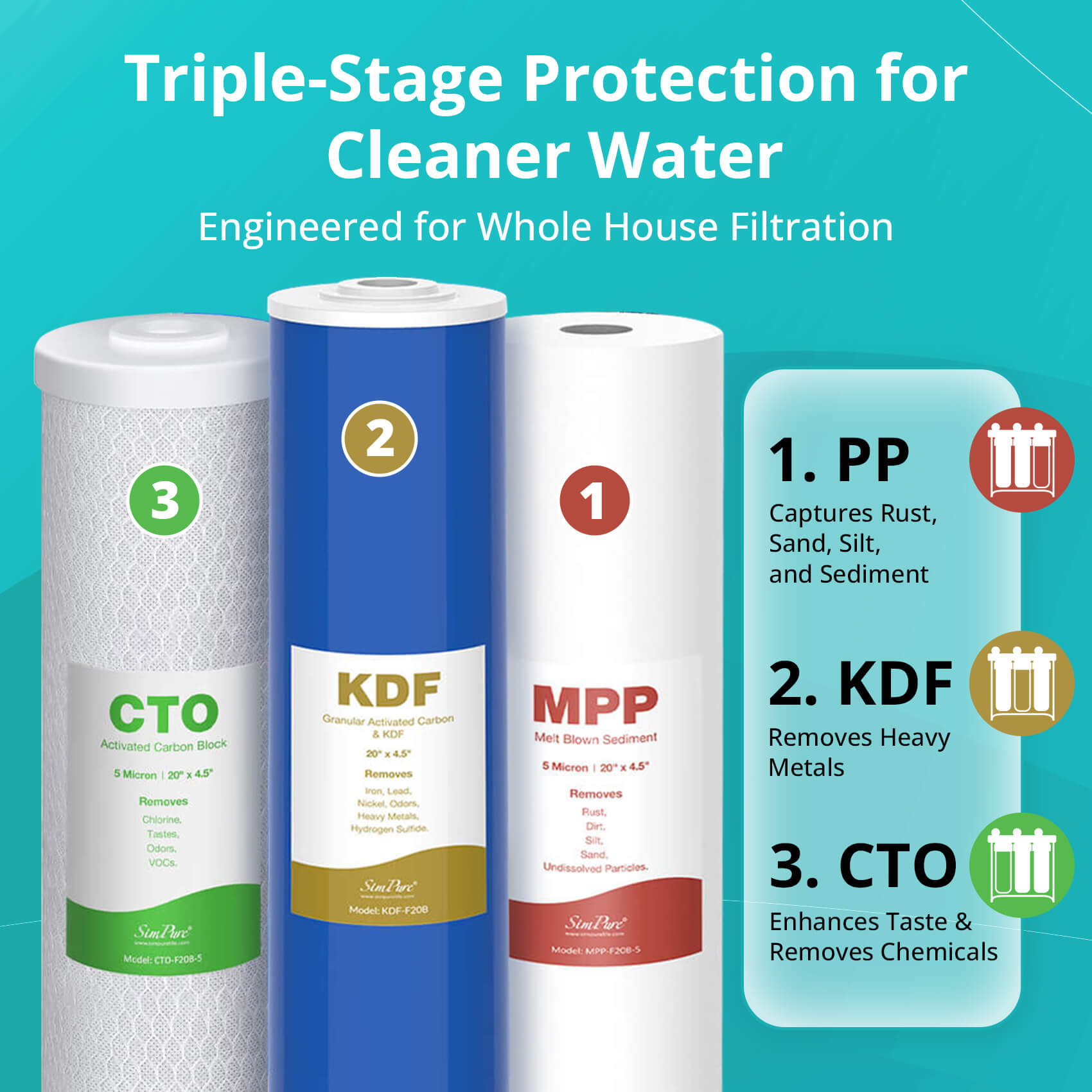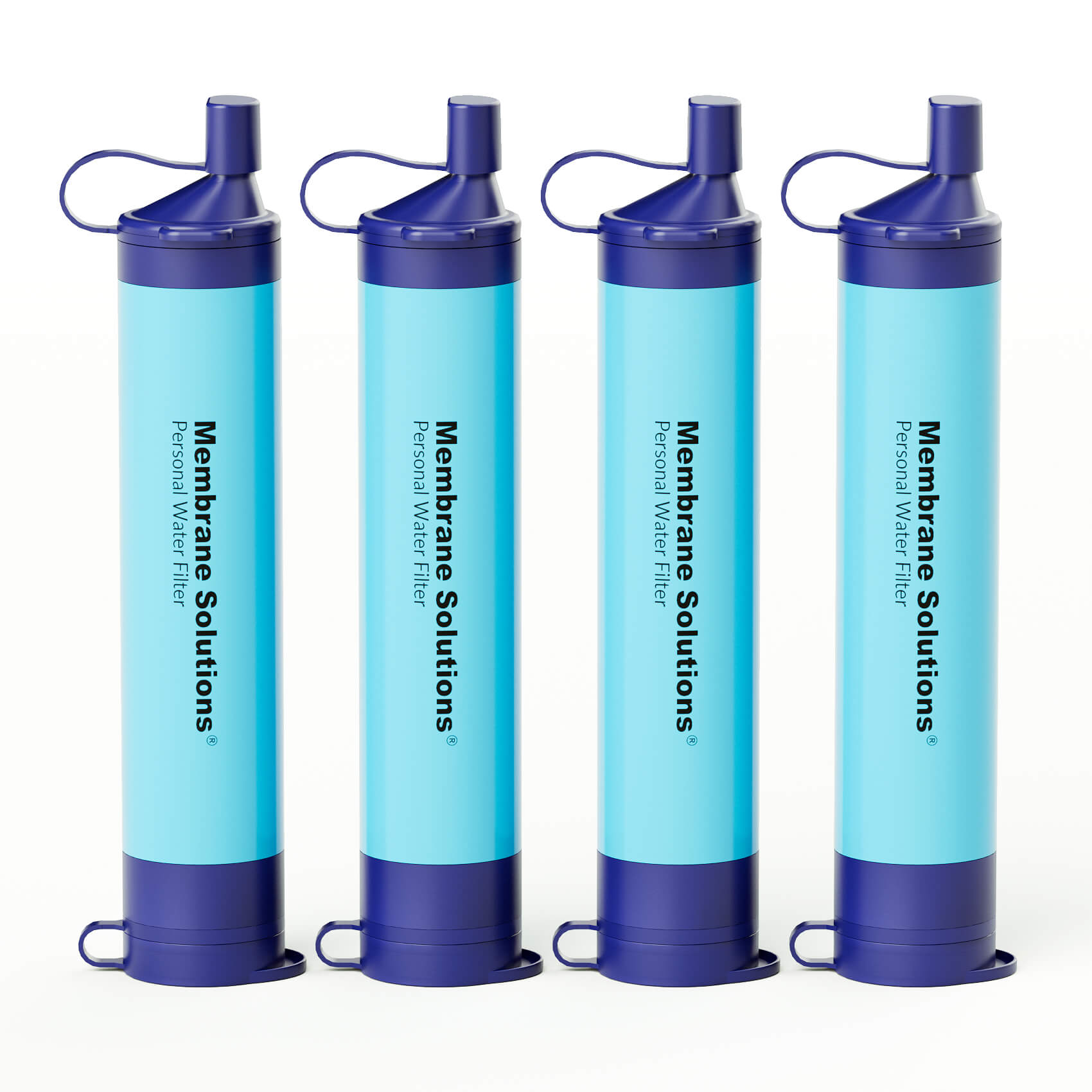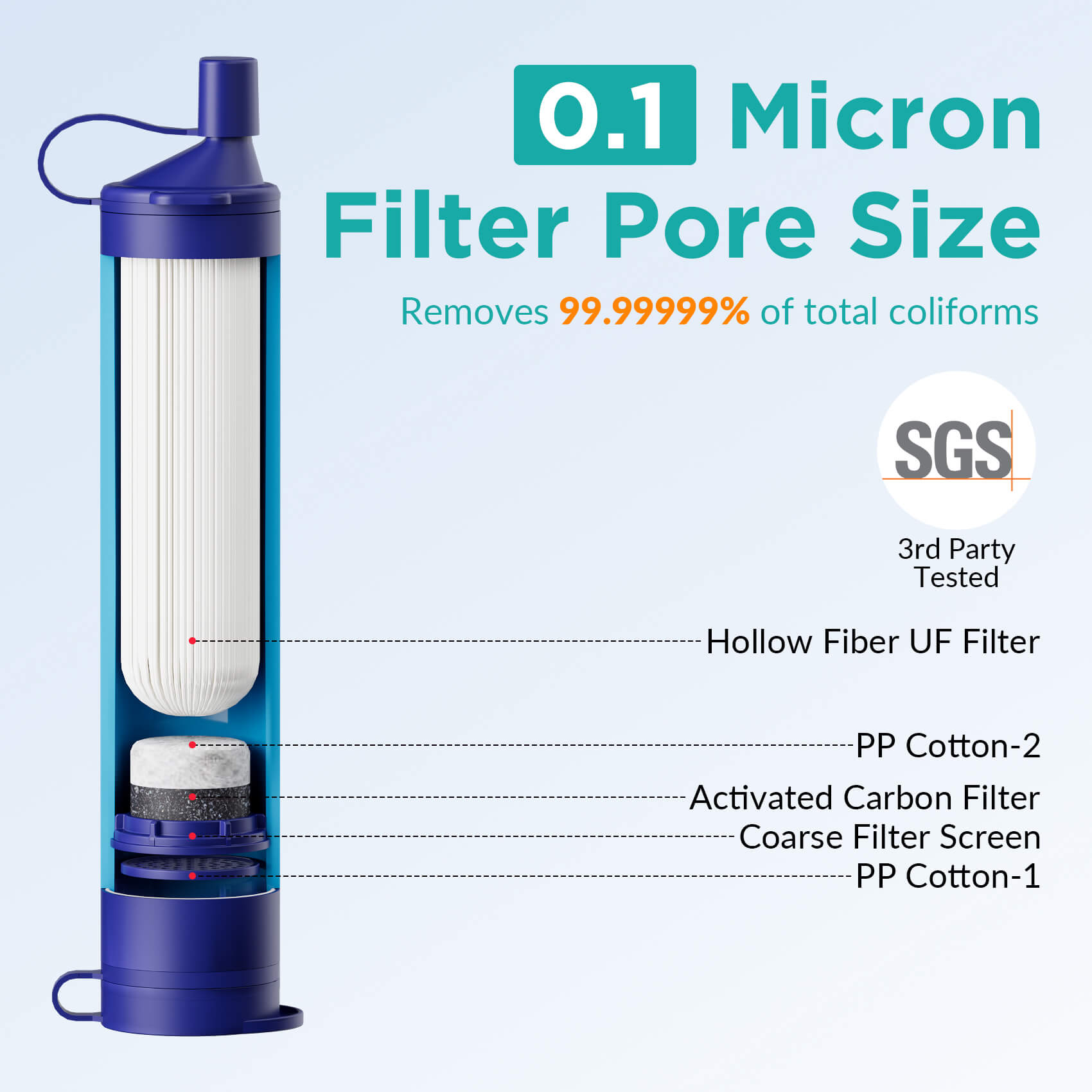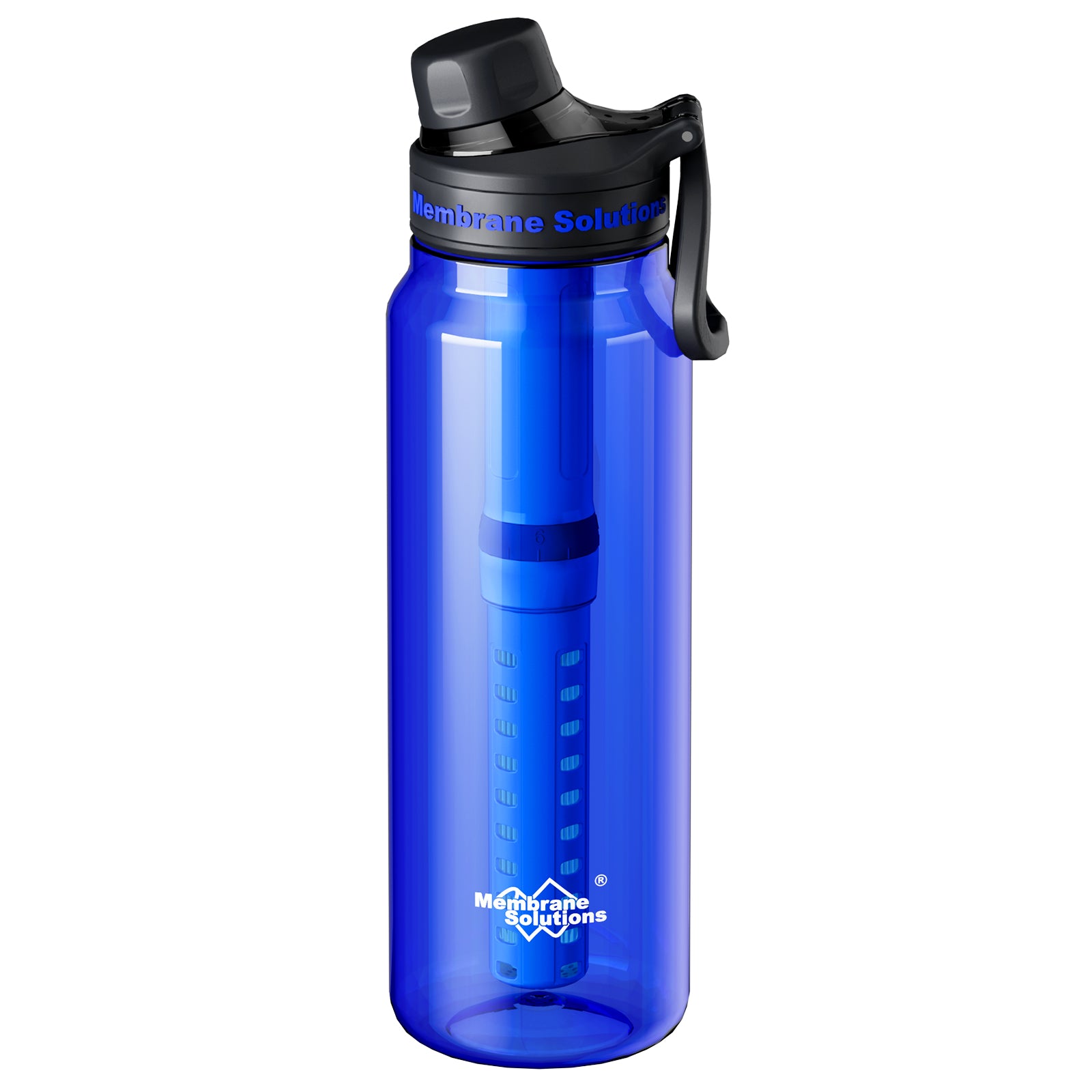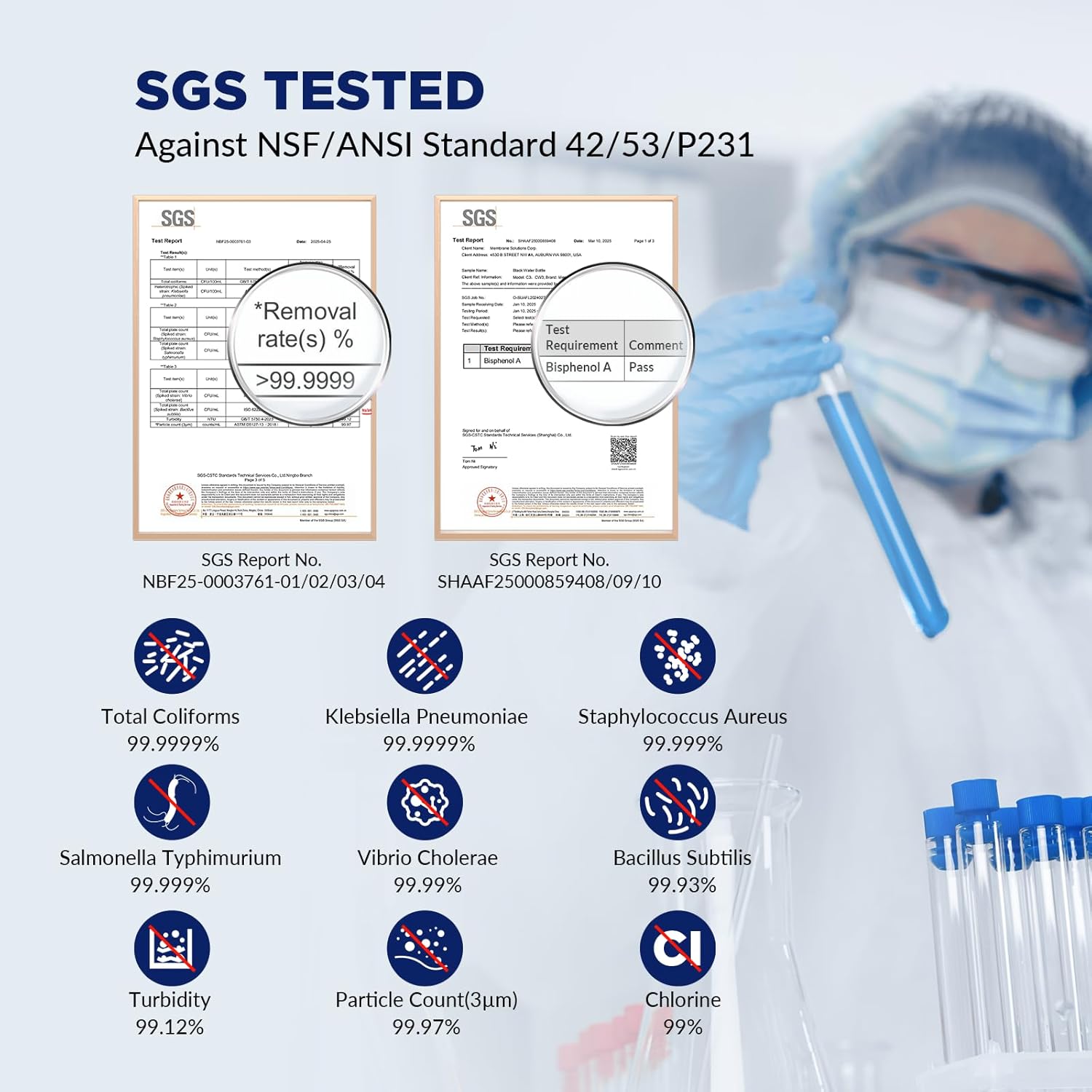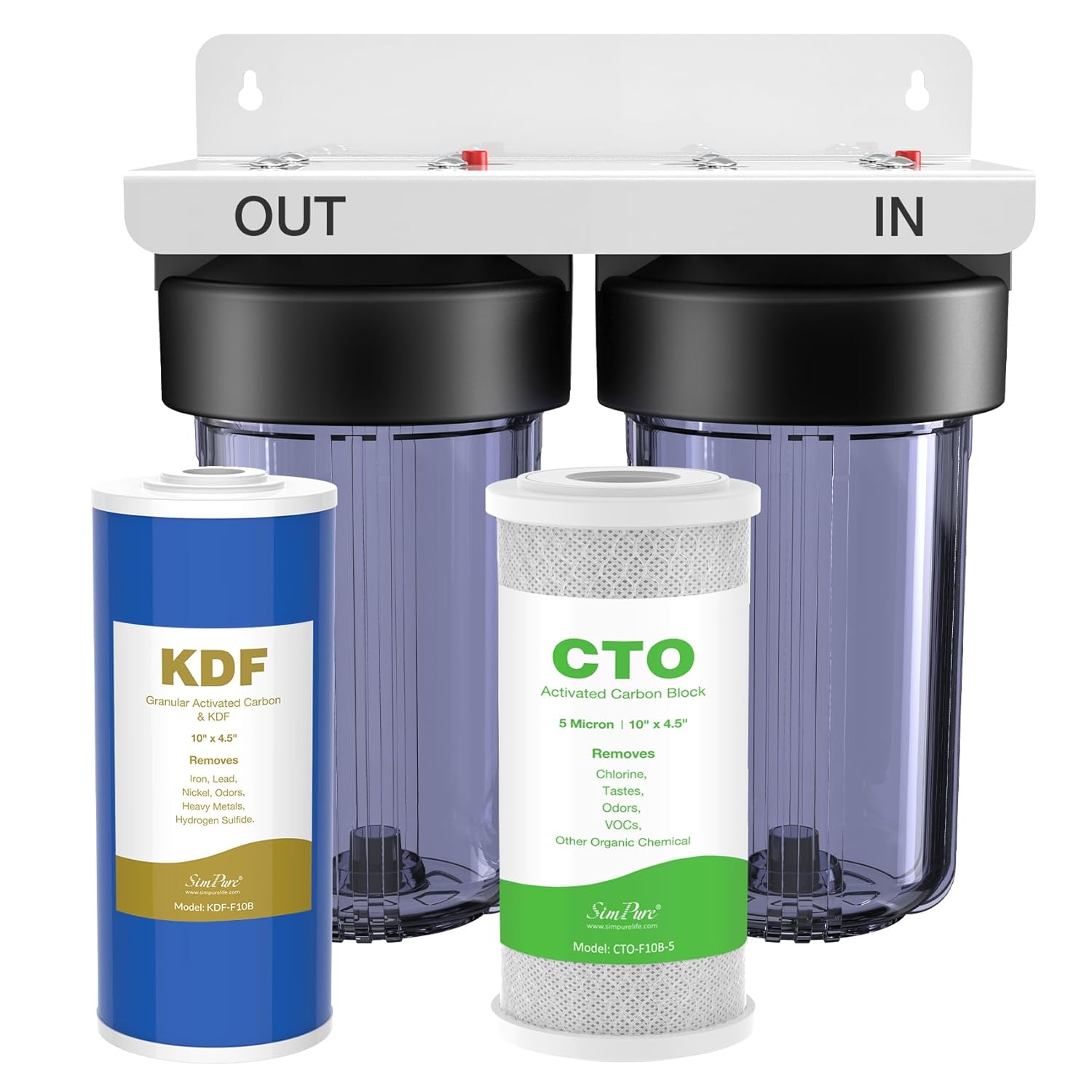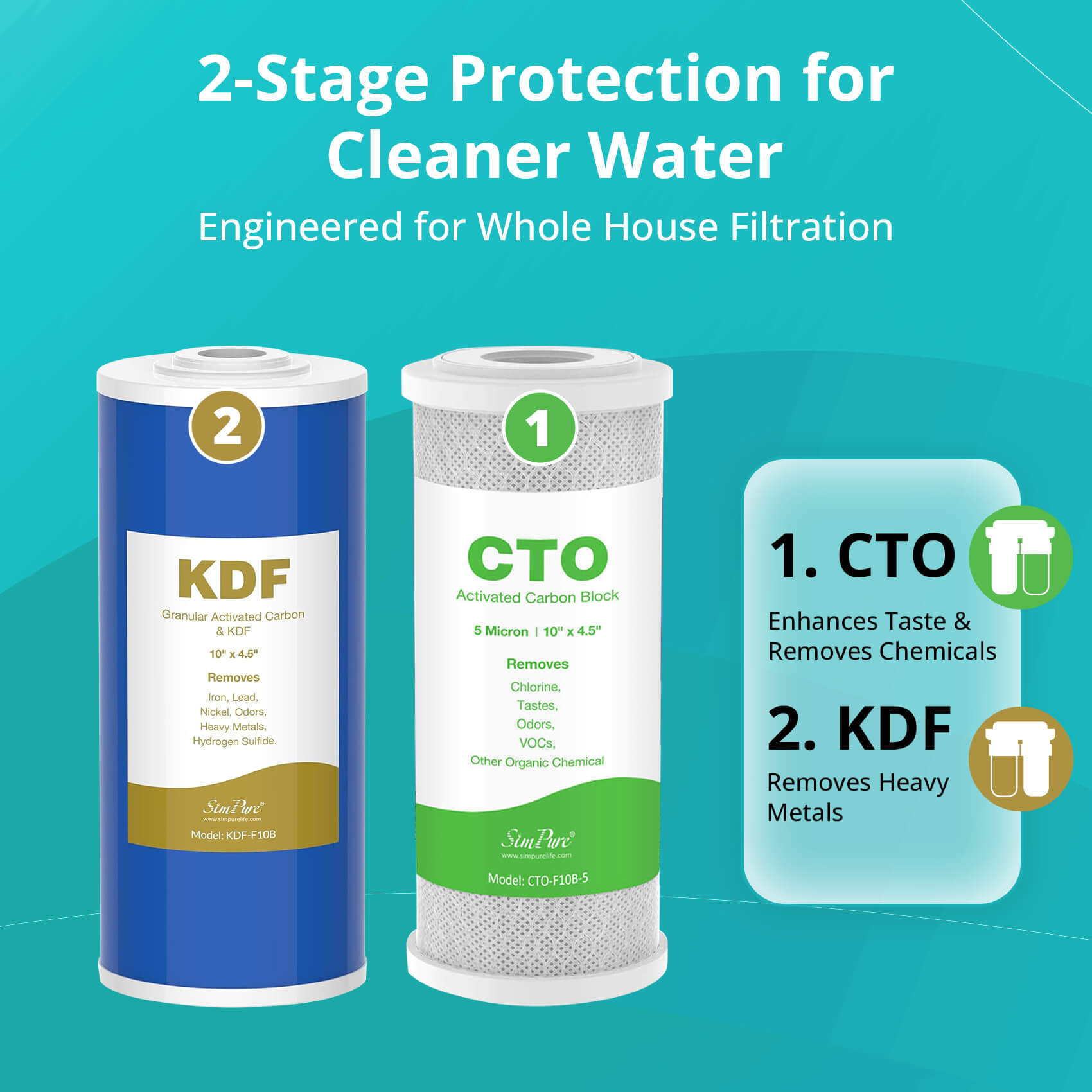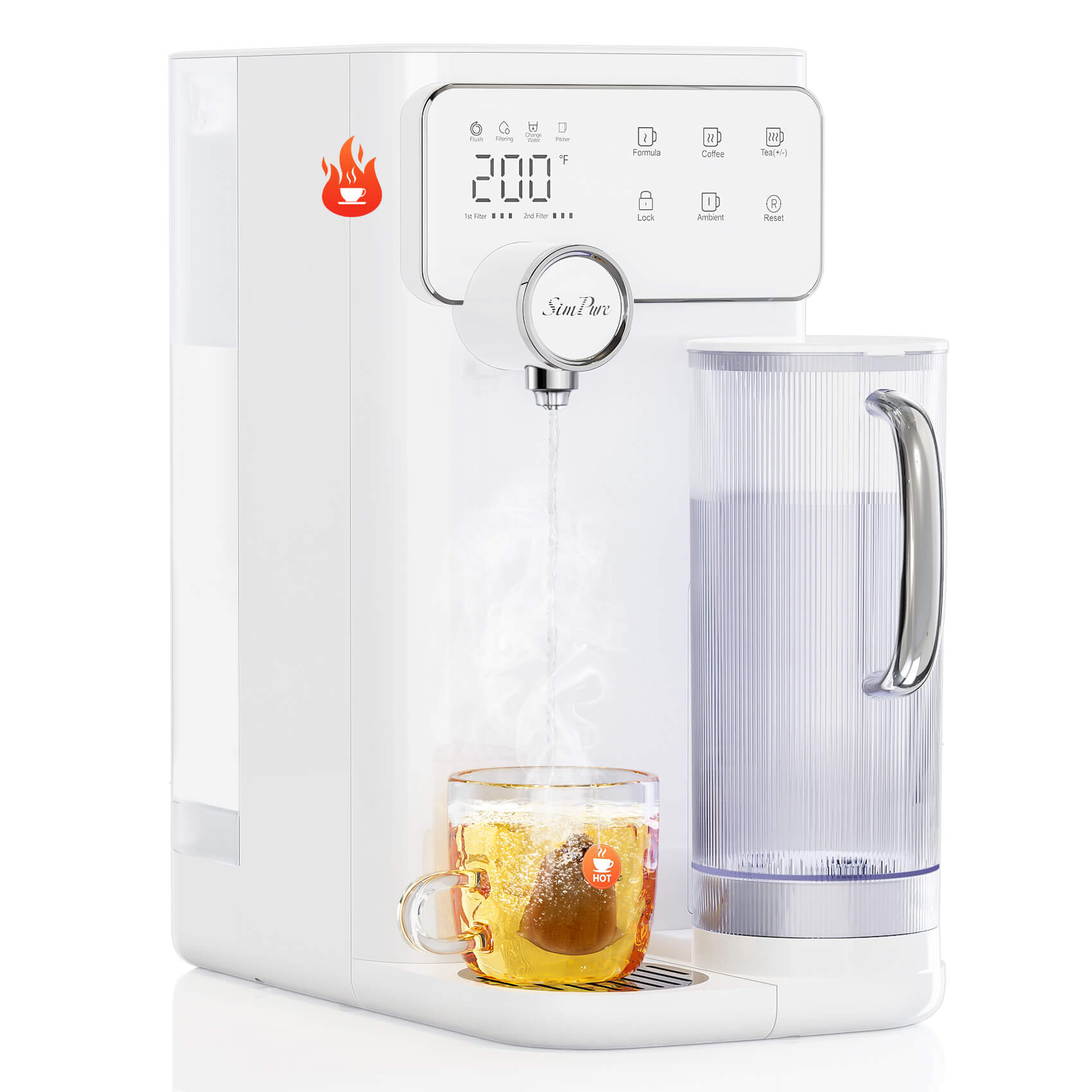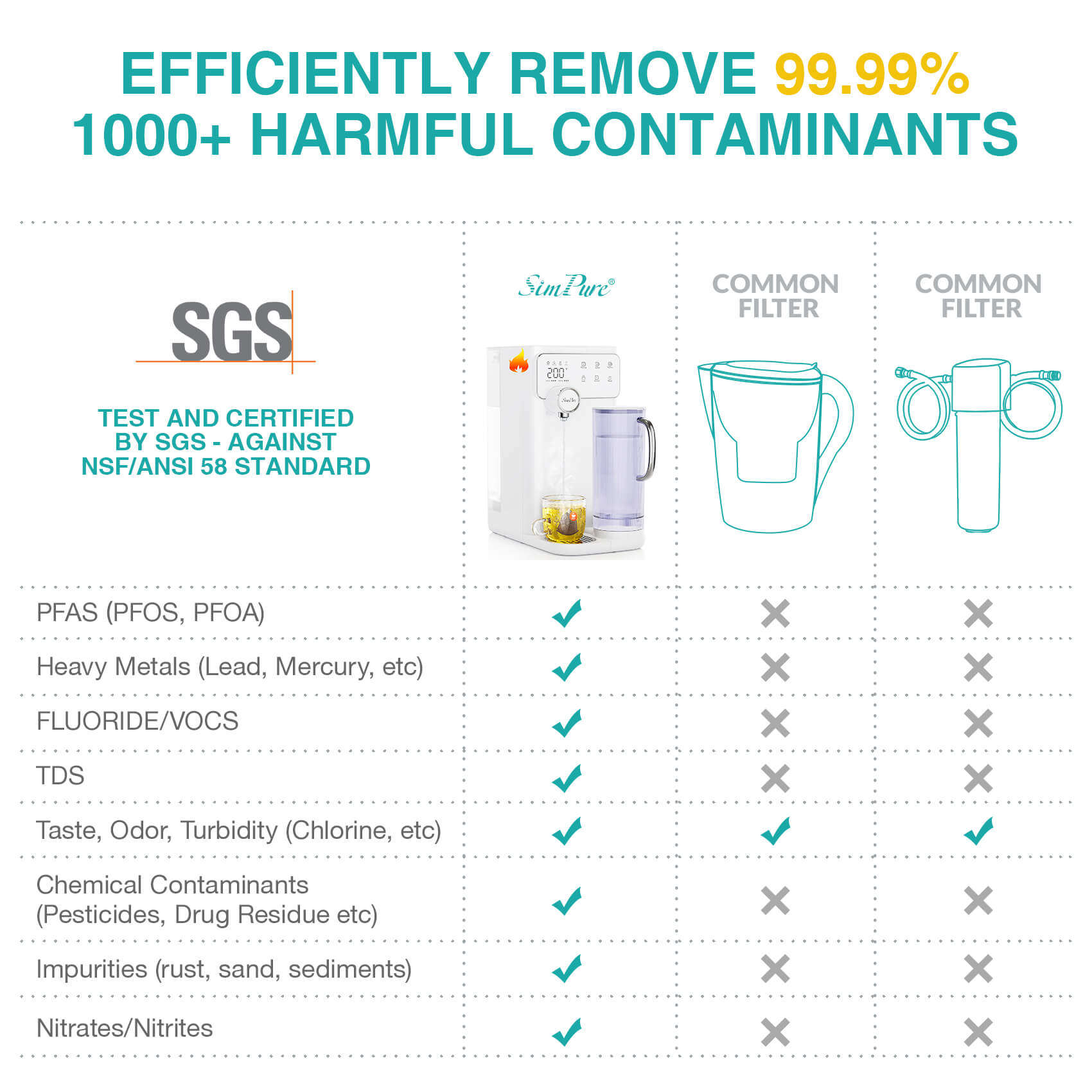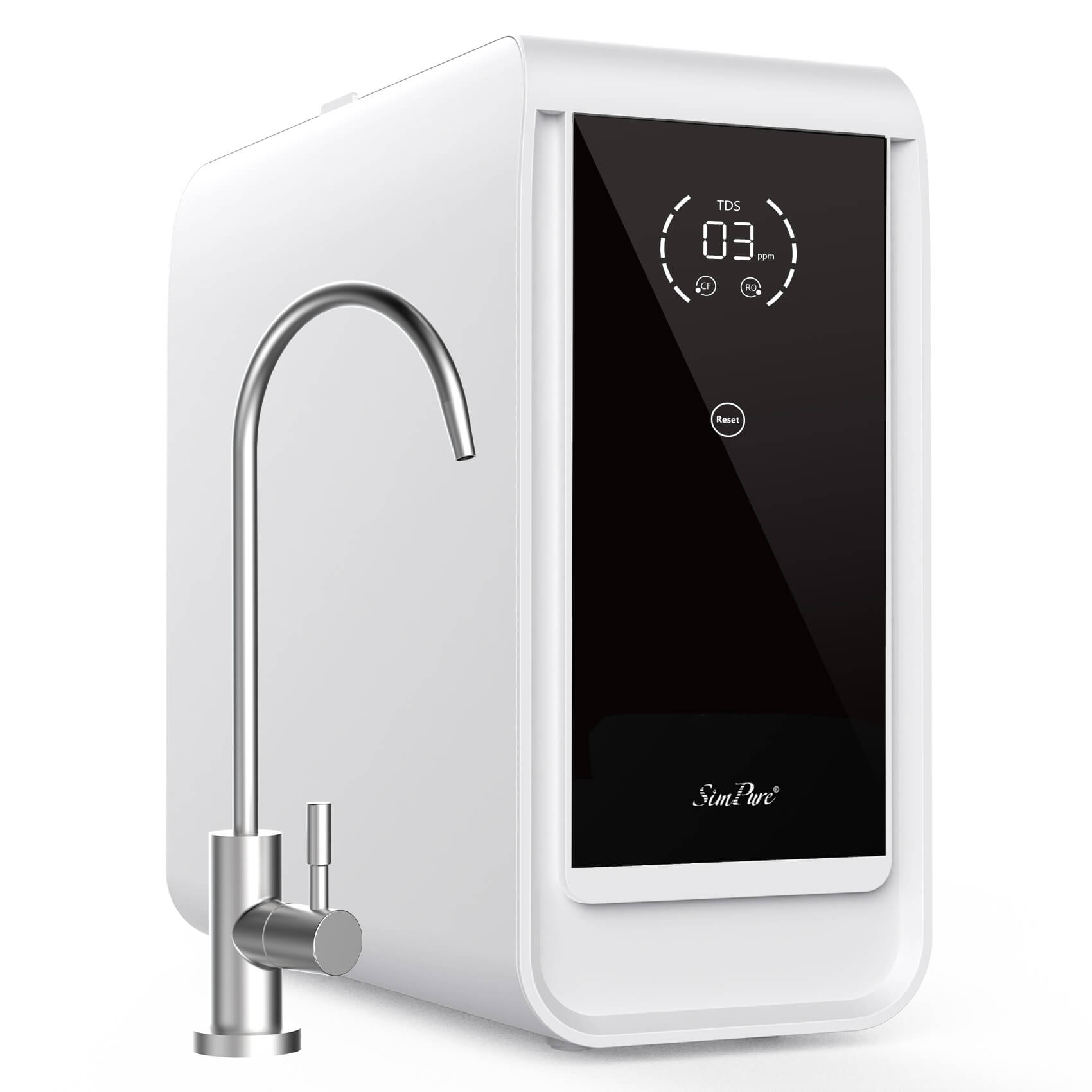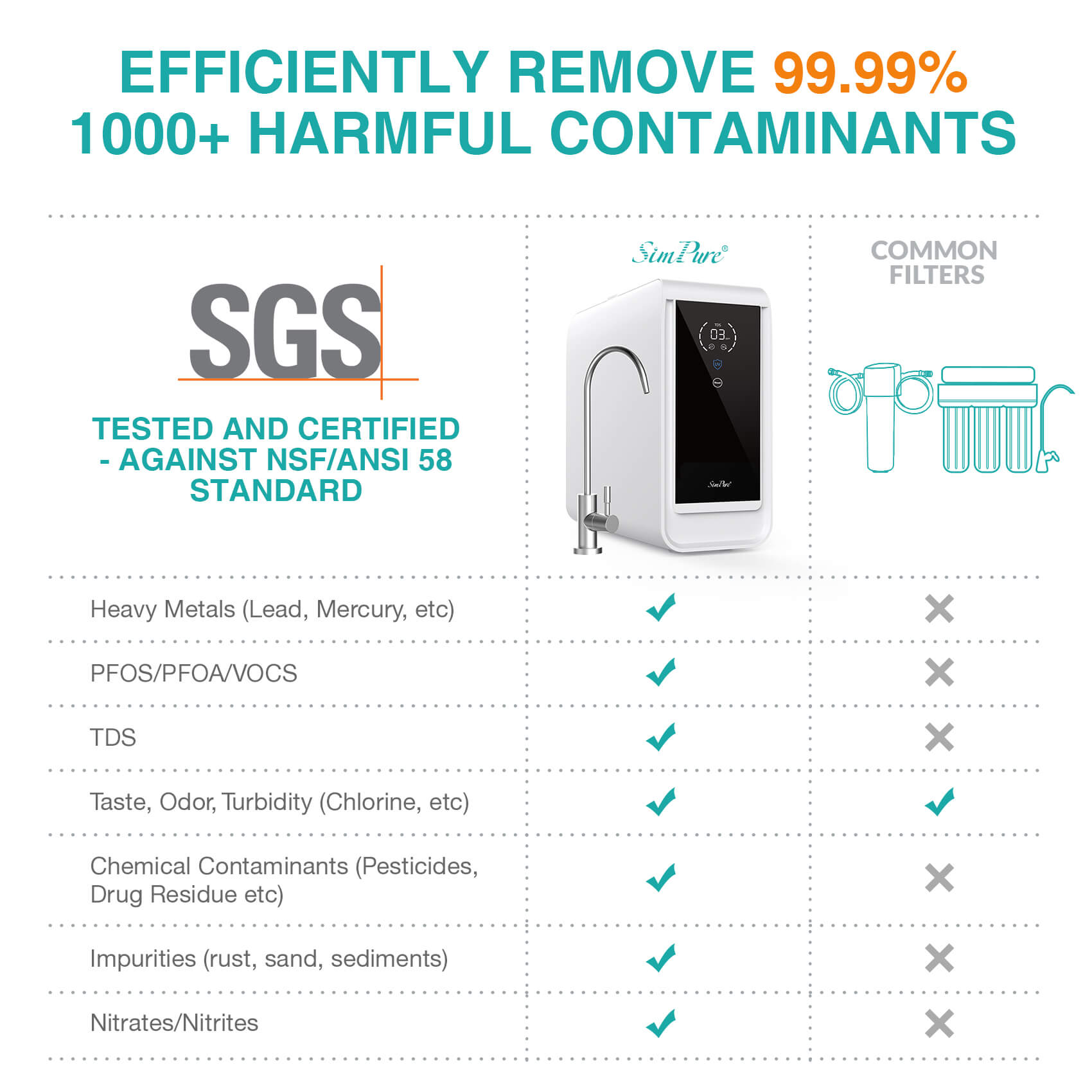Have you ever wondered what’s really in your tap water? You turn on the faucet and fill your glass—simple. But what if it contains nitrates? Many households, especially those using well water, face this hidden risk. Nitrates are odorless and tasteless, yet harmful. So what’s the solution? Will an RO system remove nitrates? In this post, we’ll explore how RO works and whether it’s truly effective at removing nitrates.
Common Sources of Nitrate Contamination

Before we dive into how RO systems remove nitrates, it helps to understand where nitrates in drinking water actually come from. The source matters—because knowing it can help you manage the risk.
Here are the most common ways nitrates get into your water:
- Agricultural runoff: Fertilizers used on farms are a major source of nitrates. After rain, these chemicals often seep into nearby groundwater or wells.
- Septic systems and waste: Improperly maintained septic tanks can leak, releasing nitrates into surrounding soil and water sources.
- Industrial or urban pollution: In some areas, nitrates may come from industrial waste, landfills, or even poorly managed wastewater systems.
Nitrates are tasteless, colorless, and odorless—so you won’t notice them just by using the water. That’s why understanding the source is the first step in protecting your drinking water.
Health Risks of Nitrates in Water
Nitrates may seem harmless at first—they have no smell, taste, or color. But when consumed at high levels, especially over time, they can pose serious health risks:
⚠️ 1. Blue Baby Syndrome (Methemoglobinemia)
- A life-threatening condition primarily affecting infants under 6 months.
- Nitrates interfere with oxygen transport in the blood, causing the baby’s skin to appear bluish.
- This is why nitrate-contaminated water should never be used for baby formula.
⚠️ 2. Increased Cancer Risk
- Long-term nitrate exposure may convert into nitrites and form carcinogenic compounds called nitrosamines.
- Linked to higher risks of stomach, bladder, and colon cancer in adults.
⚠️ 3. Thyroid Function Disruption
- Nitrates may interfere with iodine uptake, potentially impacting thyroid hormone production.
- Can lead to conditions like hypothyroidism, especially in vulnerable populations.
⚠️ 4. Reproductive and Developmental Concerns
Some studies suggest links between high nitrate exposure and birth defects, low birth weight, and complications during pregnancy.
⚠️ 5. General Health Impacts for Adults
- May worsen cardiovascular or respiratory conditions when exposure is prolonged.
- Often undetected for years without water testing.
Then, Will an RO System Remove Nitrates? Yes, and How Effective?
Can a reverse osmosis system actually solve the problem? Of course, RO system can remove nitrates. Many homeowners turn to RO systems as a reliable solution, but how effective are they really at removing nitrates? Let’s take a closer look at how RO technology works and whether it’s a proven method for protecting your drinking water.
How Reverse Osmosis Works

A reverse osmosis system can effectively remove nitrates because of its advanced filtration process that uses a semi-permeable membrane. This membrane has microscopic pores (around 0.0001 microns) that allow only water molecules to pass through while blocking larger molecules like nitrates, heavy metals, and other dissolved contaminants. Nitrates, being water-soluble and larger in molecular size than water, are effectively rejected during this process.
Water first passes through pre-filters to eliminate sediment and chlorine. Then, under pressure, it moves through the RO membrane, which blocks dissolved substances like nitrates, heavy metals, and salts—only pure water passes through. After filtration, the clean water is stored in a tank, ready for use. Some systems also include a post-filter for better taste or UV for added protection. RO is widely used because it’s highly effective at removing a broad range of contaminants, including nitrates.
How Effective Is an RO System at Removing Nitrates
A high-quality RO system can remove 83% to 99% of nitrates from drinking water, depending on water pressure, membrane quality, and system maintenance. The RO membrane is designed to filter out dissolved ions like nitrates, making it far more efficient than standard carbon or sediment filters. For homes relying on well water or in agricultural areas, a certified RO system offers reliable, long-term protection against nitrate contamination—especially when combined with regular water testing and proper upkeep.

From SimPure, SimPure Y9A is more than a countertop RO system—it’s certified protection for nitrates removal. According to SGS testing, it removes 99.96% of nitrates, along with 1,000+ other contaminants. Its advanced 6-stage system not only eliminates harmful contaminants but also restores essential minerals. Ideal for those who want pure, mineralized water without complicated plumbing or installations for apartments, RVs, and small homes needing serious water safety.

For more outstanding nitrate reduction RO systems, visit SimPure RO systems collection.
What to Do If Nitrate Levels Are Too High in Drinking Water?
If your water tests high for nitrates, don’t panic. There are practical steps you can take to protect your household.
1. Stop Using Contaminated Water for Drinking or Cooking
- Especially important for infants, pregnant women, and nursing mothers.
- Do not boil the water—boiling can increase nitrate concentration.
- Use bottled or certified nitrate-free water as a temporary solution.
2. Test Your Water to Confirm Nitrate Levels
- Use a certified nitrate test kit or send samples to a professional lab.
- Test both well water and tap water, especially in agricultural areas.
- Retest regularly to monitor changes over time.
3. Identify the Source of Contamination
- Check for nearby farms, fertilizers, or septic system leaks.
- Inspect well location and construction—older wells are more vulnerable.
- Local water authorities may help with source identification.
4. Install an Effective Water Filtration System
- Choose a certified reverse osmosis (RO) system, proven to remove nitrates.
- Look for systems with NSF/ANSI 58 certification.
- Options include under-sink, countertop, or whole-house RO systems depending on your needs.
Also, read this blog for more info: how to remove nitrates from water naturally.
5. Maintain and Monitor Your Filtration System
- Replace filters and RO membranes regularly as recommended.
- Schedule periodic water quality checks to ensure the system is still effective.
- Track nitrate levels post-installation to confirm reduction.
6. Improve Water Source Protection (Long-Term Solution)
- Avoid overuse of fertilizers near water sources.
- Properly maintain septic systems.
- Work with local environmental agencies to reduce regional nitrate pollution.
Yes, a reverse osmosis system can effectively remove nitrates—and when backed by proper certification and testing, like those from SimPure, you can trust the results. Whether you’re dealing with well water or municipal supplies, an RO system is a smart investment in cleaner, safer water.
✅ See which SimPure RO system fits your needs best now.


